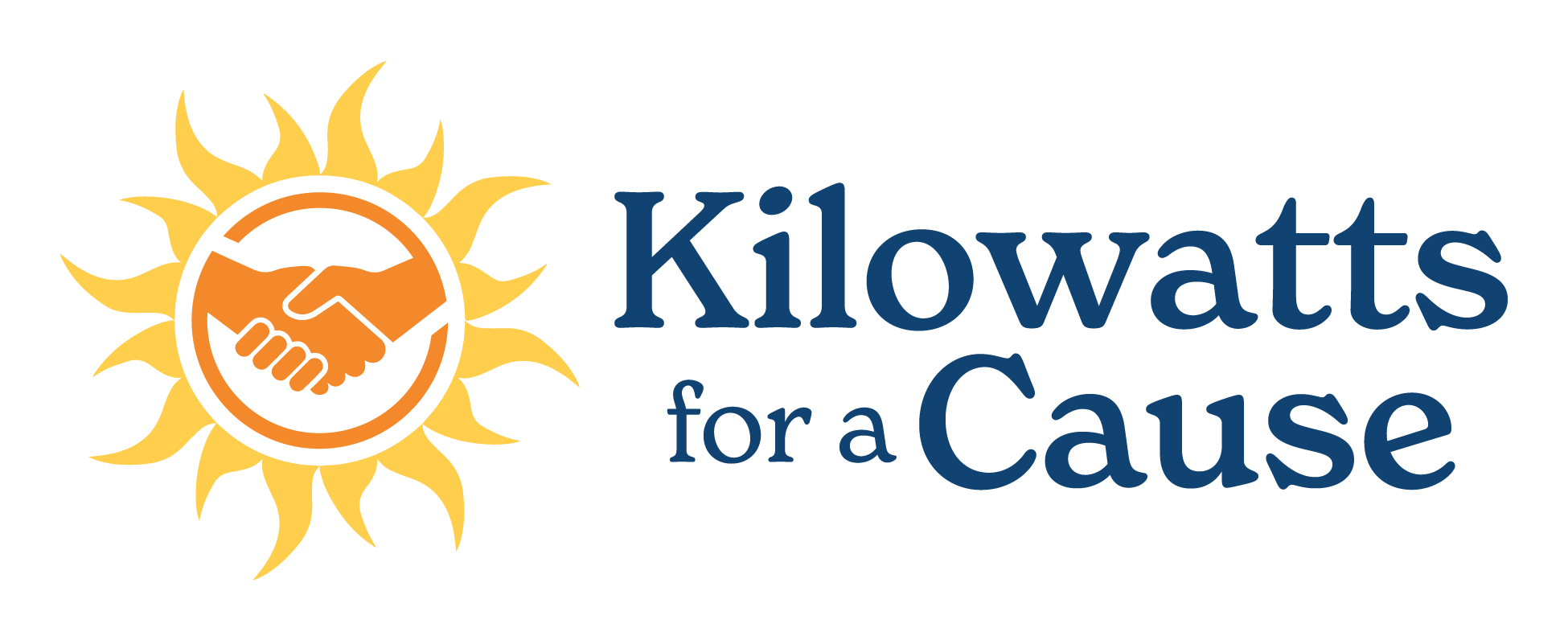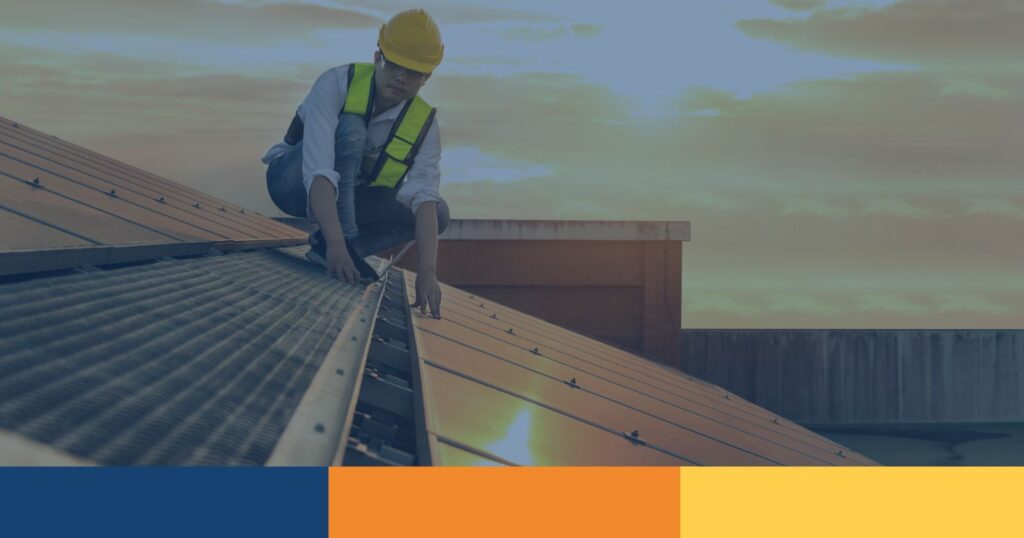As clean energy experts, we often hear statements like, ‘solar is too expensive’ or ‘solar doesn’t work when it’s cloudy.’ We’re here to tell you that a lot of that just isn’t true. Here are five common myths about solar, and what you need to know about them.
Solar only works when it’s sunny.
Not necessarily. While it’s true that solar panels generate electricity from the sun, the technology can operate during most weather conditions during daylight hours. When it’s cloudy, rainy, or snowy, some sun does still reach the earth and panels are still getting the light needed to produce energy. However, they do work best when it is sunny because a higher percentage of the light is getting to them. It’s also true that solar panels perform better in colder sunny climates because excessive heat can affect the process of converting sunlight into energy.
Solar is too expensive.
There is no doubt that installing a solar system on a home or business can be a big upfront investment, but there are a variety of long-term funding options and incentives at the federal, state and local level, to help you offset the cost of installation, and provide long-term financial benefits while helping out our planet.
For example, the Federal Investment Tax Credit (ITC) allows businesses to claim 30 percent of the cost of their solar installation as a credit toward federal taxes owed. And for the first time, nonprofits can qualify for a cash payment of 30% or more of the system cost, through the elective pay (direct pay) option included in the Inflation Reduction Act (IRA). Additionally, some state and local governments may provide tax credits or rebates to help reduce the system’s initial cost. Some utility companies also offer incentives for businesses and homes that offset their power grid use by adding a solar system.
Solar panels aren’t efficient enough.
No method of creating energy is 100% efficient. Hydropower, which is the champion of efficiency, is 90% efficient in converting moving water into electrical current. Coal and natural gas, which is currently utilized for producing a majority of electricity in the US, range in efficiency from 32% to 43%. Whereas, the highest level of efficiency for solar is 47.6%, which was achieved by the German photovoltaic research institute Fraunhofer Institute for Solar Energy Systems (ISE). What is important is that unlike coal and natural gas, solar does not have to burn a fossil fuel to produce electricity and they are more than efficient enough to power a home or a large-scale commercial building. The savings, along with incentives and long-term funding options, keep the cost of solar at or below most electric utility rates.
I don’t own my house, so I can’t go solar.
Close to 60% of low-income people don’t own their homes, which is one of several reasons why access to solar benefits for that group has been hard to attain. Community solar programs are one way to share the benefits of solar with people experiencing low-income. The availability of community solar is an essential mechanism to ensure equitable access to solar energy, but right now only 22 states and Washington D.C. have policies in place to support it.
KW4AC is taking an innovative approach to community solar and spreading solar benefits. Through donations to nonprofits that support low-income people, the benefits from installing solar can directly impact and improve their lives. So, whether you own your home or not, the solar projects installed in your community would still benefit you in the long run, by not only creating a healthier community, but also ensuring you see the benefits from the savings gained from solar projects.
Solar energy development is very land-intensive.
This is a common misconception. The United States Energy Information Administration (EIA) predicts that solar farms will only take up 3 million of the available 900 million acres of farmland in the US by 2030. Solar would require the same amount of land coal mines currently take up to generate enough energy to power the entire country. Right now, there are even old coal mines being converted into solar projects. Agrivoltaics, creates more opportunities for dual-land use by combining solar electricity generation with agriculture.. Opportunities for dual-land use are currently being investigated and put into practice by our team at Energy Alliance Group (EAG). They are working with Michigan State University to develop proposals to combine solar & animal grazing and document the co-benefits on milk and crop production. Additionally, EAG is helping the International Brotherhood of Electrical Workers (IBEW) install solar-tracking carports at their Zero Net Energy Center in the City of Detroit. Click here to learn more about the project.
At Kilowatts For A Cause, we utilize our expertise and partners to leverage technology, funding, and incentives to help businesses, schools, and other nonprofits overcome these and other solar myths. Our goal is to help you Go Solar, Save Money, and Give Back, while helping our planet along the way. You can learn more about our process here.

